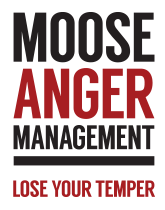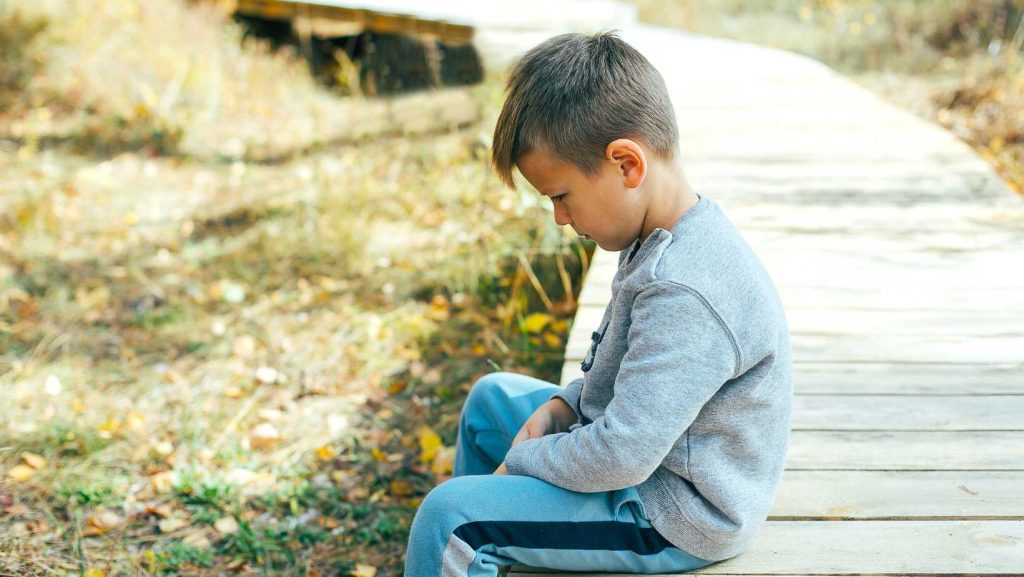How Do You Heal Trauma? Why We Can’t Just ‘Get Over It’?
Listening to the Body and Reclaiming Your Self
Trauma is not just a memory. It’s not just a story from the past. It changes how we see the world and how we experience our very selves.
It’s something that lives in our bodies, in our breath, our posture, our reactions, and our relationships.
The journey of healing trauma isn’t about forgetting, it’s about remembering safely, feeling fully, and reclaiming the parts of ourselves we had to shut down to survive.
When a Four-Year-Old Is Still in Charge
I’ve worked with many people navigating trauma, but some of the most powerful lessons have come from my own experiences. One memory that stays with me: when I was four, I was sent away to live with relatives for six months. My mother was unavailable, emotionally and physically, and at that age, I didn’t understand why. All I could do was internalize it.
As a child, you don’t have the capacity to understand adult struggles. You assume the worst: “Something must be wrong with me.” That belief lodged itself deep in my body.
As I grew older, I carried it, this sense of abandonment and anxiety, particularly in adult relationships. When love felt like it might leave, my body responded with the same intensity of dread I felt as a four-year-old.
And the truth is, that four-year-old was still in charge, reacting, panicking, holding the reins of my adult life. (Watch my Youtube video about this.)
Meeting the Inner Child – A GAL Exercise
One tool that helped me tremendously was a guided inner dialogue—what I call a GAL (Guided Adult-Child Link). I sat with the sensations in my body, especially around the solar plexus and sternum, where that four-year-old’s fear lived. I asked: What do you need?
The answer was clear and simple: To be seen. To be heard. To be held. To be safe.
So the adult in me made a commitment, to show up for that child, to soothe and protect them, rather than letting them run the show. Because while we love our inner child, they’re not equipped to lead. They need care, not control.
Shaking Is Not a Sign of Weakness…It’s the Body Healing
As we begin to access these deep, often buried experiences, something strange can happen: our bodies start to shake. It’s not a sign of weakness, it’s actually a powerful sign that something is moving, releasing.
In nature, animals don’t get PTSD. Why? Because after a threat passes, they shake. Literally. They discharge that fight-or-flight energy and return to a baseline of calm. We, as humans, have that same ability, but we often suppress it.
During self-reflection, writing, or therapy, if shaking arises, notice it. Feel into where it’s happening, your chin, your chest, your gut. Try not to resist it or get swept away by it. Just observe. Let it move through you. This is your body letting go. (Watch my Youtube video on What’s The Connection Between Shaking & Trauma)
Why ‘Society’ and Sometimes Even ‘We’ Want to Forget
There’s a reason trauma is rarely talked about openly. It makes people uncomfortable. Society prefers tidy stories with resolution, and trauma refuses to be tidied. People struggling with trauma often face judgment, even from those closest to them: Why can’t you just move on? Why do you keep talking about it?
But the truth is, trauma survivors aren’t stuck because they’re weak, they’re stuck because trauma fundamentally alters the nervous system. It creates physical and emotional patterns that require patience, compassion, and sometimes entirely new ways of relating to the body. (Watch Bessel van der Kolk’s interview)
Trauma Is Not Just a Past Event—It’s a Present Reality
Trauma isn’t just a story from the past. It’s something that rewires your brain and reshapes your reality. You begin to live in a different body, see the world through a different lens. And often, society doesn’t know what to do with that.
And so healing begins with truth. With saying, “Yes, this happened. And yes, it still lives in me.”
The Body Holds the Key
Trauma shows up in the body, heartbreak, gut-wrenching anxiety, numbness, tension, dread. And so, healing must also involve the body. Talking helps, yes. But our culture often leans too heavily on medication and talk therapy while ignoring the wisdom of the body.
In many parts of the world, people heal through movement, yoga, tai chi, breathwork. These practices reconnect us with the body, where the trauma is stored. In fact, studies have shown that yoga can be more effective than any medication we’ve studied for treating PTSD.
Because healing trauma isn’t about talking it away, it’s about reclaiming the body as a safe place again.
Final Thoughts
Trauma healing is not linear. It’s not easy. But it is possible.
It begins by listening, to your body, to your inner child, to the parts of you that were silenced or ignored. It’s about feeling what once had to be pushed down. It’s about letting the adult you step in and care for the wounded child you once were.
We shake, we cry, we breathe, we move, and in doing so, we slowly come back to ourselves.
Ready to Explore a Different Way of Healing?
Visit angerman.online to learn more about our offerings and join a community that honours your story, your body, and your journey.






